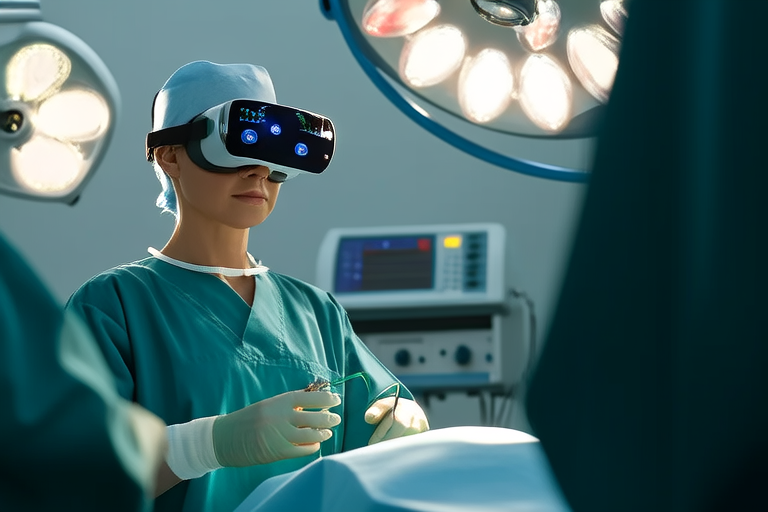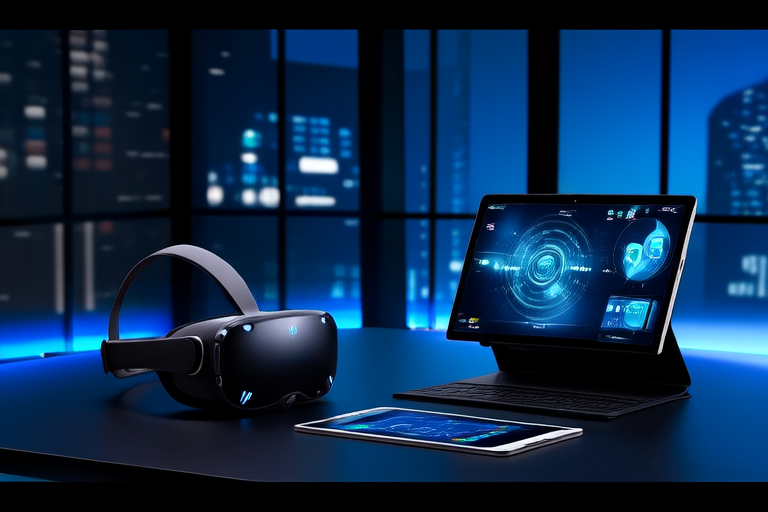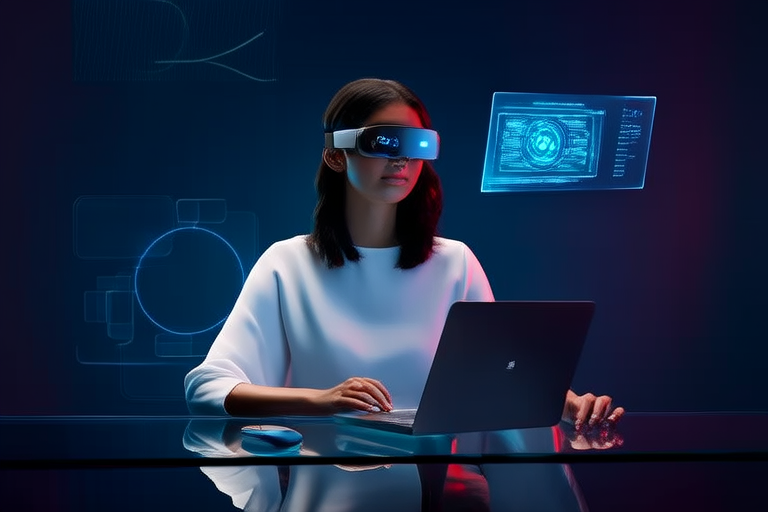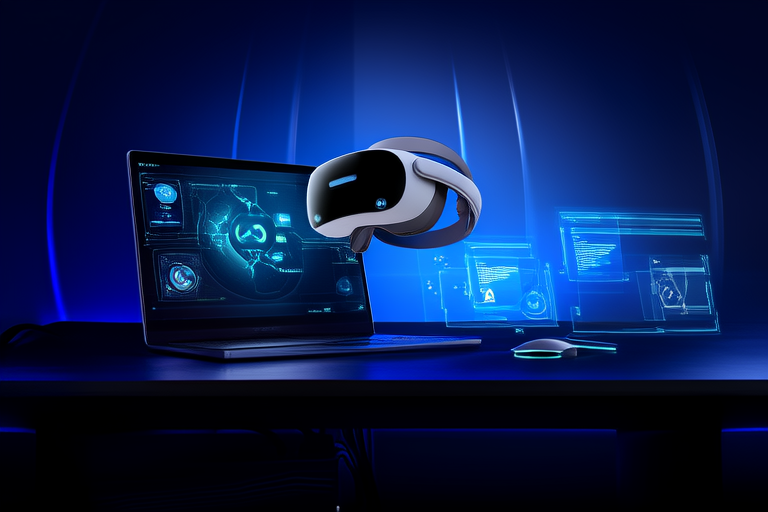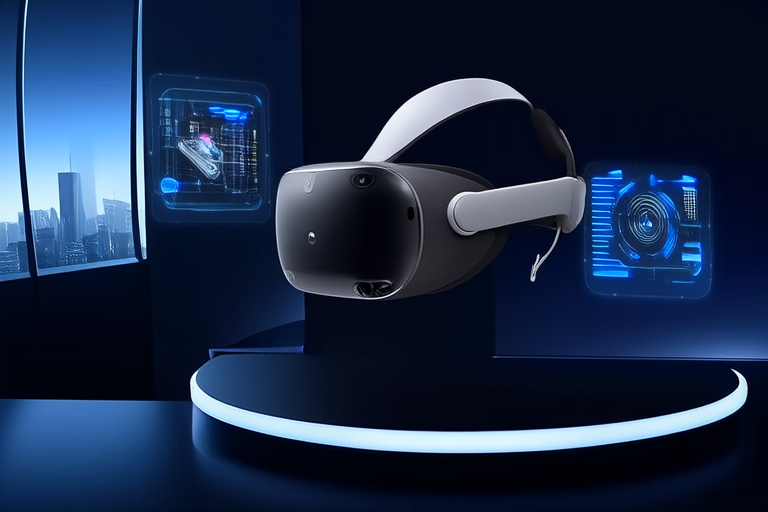“`html
From Gaming to Healthcare: Real-World Applications of VR and AR
Introduction
Virtual Reality (VR) and Augmented Reality (AR) have emerged as transformative technologies, offering immersive experiences that go beyond traditional entertainment. Initially developed for gaming, these technologies have now found applications in diverse fields, from healthcare to manufacturing. This article explores the real-world applications of VR and AR, highlighting their impact beyond the gaming industry.
Overview of VR and AR Technologies
Virtual Reality (VR) immerses users in a completely digital environment, while Augmented Reality (AR) overlays digital elements onto the real world. Both technologies have evolved significantly since their inception. VR was first introduced in the 1960s, with early devices being bulky and impractical. Over the decades, advancements in hardware and software have led to more accessible and sophisticated systems. Similarly, AR, which gained prominence with the release of Pokémon Go in 2016, continues to evolve, integrating seamlessly into everyday life.
Applications in Gaming
VR and AR have revolutionized the gaming industry by creating highly immersive experiences. Games like Oculus Quest 2 and Beat Saber provide players with an interactive environment, enhancing engagement and realism. AR games, such as Ingress and Pokémon Go, allow players to interact with virtual objects in the real world, blending the digital and physical realms. These technologies not only increase player immersion but also foster social interaction, making gaming more engaging and interactive.
Applications in Healthcare
Medical Training and Education
VR and AR are increasingly used in medical education and training. Medical students can practice surgeries and procedures in a risk-free virtual environment, improving their skills and confidence. For instance, Osso VR provides a platform for orthopedic surgery training, allowing surgeons to rehearse complex procedures before performing them on patients.
Surgical Simulations and Patient Care
VR and AR are also employed in surgical simulations, enabling surgeons to visualize and plan operations with greater precision. AR can overlay critical information, such as patient anatomy, during surgeries, enhancing safety and efficiency. In patient care, VR is used for pain management and rehabilitation, helping patients recover faster and more effectively.
Telemedicine and Mental Health Therapy
Advancements in VR and AR have extended to telemedicine, allowing remote consultations with enhanced interactivity. VR-based therapy is particularly effective for treating anxiety disorders, PTSD, and phobias. For example, Psious offers virtual environments for exposure therapy, providing a safe space for patients to confront their fears.
Applications in Other Industries
Manufacturing
VR and AR are transforming manufacturing processes by improving design, assembly, and maintenance. Companies like BMW use VR to simulate factory layouts and optimize production lines. AR enhances worker efficiency by providing real-time instructions and technical data directly in the field of view.
Architecture
Architects use VR to create walkthroughs of proposed buildings, allowing clients to experience spaces before construction begins. AR enables architects to visualize designs superimposed onto actual sites, facilitating better decision-making and client communication.
Retail
AR is revolutionizing the retail sector by offering customers interactive shopping experiences. For instance, IKEA’s Place app allows users to virtually place furniture in their homes, ensuring a perfect fit before purchase. VR is also used for virtual store tours, enhancing customer engagement and satisfaction.
Future Prospects and Challenges
The future of VR and AR looks promising, with ongoing advancements in hardware, software, and user interfaces. However, challenges remain, including high costs, limited accessibility, and ethical concerns. As these technologies become more integrated into daily life, it will be crucial to address issues such as privacy, data security, and the potential for addiction. Emerging trends, such as haptic feedback and AI-driven content generation, are likely to shape the future of VR and AR, offering even more immersive and personalized experiences.
Conclusion
VR and AR have demonstrated their versatility and potential across various industries, from gaming to healthcare. Their ability to enhance training, improve patient care, and streamline operations makes them invaluable tools for innovation and progress. As technology continues to advance, the possibilities for VR and AR applications are boundless, opening up new avenues for exploration and discovery. Readers are encouraged to delve deeper into these technologies and explore their myriad applications.
“`
